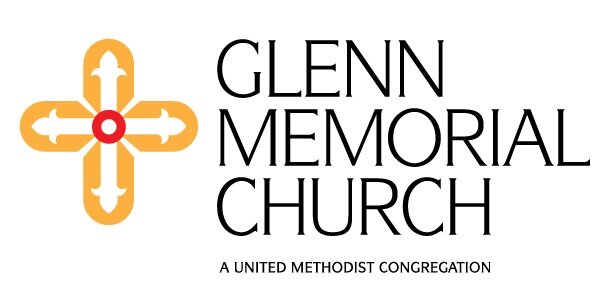“I would have loved this bridge when I was a kid,” I wanted to tell someone that day, but knowing none of the folks walking beside me, I thought it best to keep the thought to myself. I was on my way from new tower to old building at Emory Hospital, a trek I’ve made many times, when the obvious suddenly dawned on me. The walls of the bridge are glass! As a child, I’m sure I would have pressed my face to that cool (in every way) wall to marvel at the cars and buses and action-figure pedestrians on Clifton Road below. Knowing that such actions are frowned upon among adults, I didn’t do that, of course, but I’ll admit the thought crossed my mind.
Just let me count cars for a little bit; let me imagine I’m floating above them.
I don’t know why it hit me that day, the transparency of the bridge. It was just a normal afternoon and a normal hospital visit, back in the old normal when we could still visit the hospital. But it occurred to me that whoever designed that bridge was a genius.
Imagine the discussion between the hospital board and architect:
“We need a bridge across Clifton Road.”
“OK. Simple enough. A bridge,” the architect said, sketching idly on his pad. But then something came over him (Who knows from whence inspiration springs?); his pencil raced across the paper; and he shouted, “What if … Hear me out now. What if we put ‘EMORY’ on that bridge in really big letters so people passing below can read it and news crews can use it as a backdrop when they’re doing a news story on, you know, whatever?”
“Genius!”
“And … get this. Call me crazy, but we could make the walls of the bridge [pausing for effect and scanning the crowd] GLASS!”
Gasps. “You mean sunlight-in-your-face, count-the-cars-below glass?”
“Yes. Clear. Transparent. Translucent. Permeable to light and sight.”
[the sound of hospital executives hyperventilating]
The great thing about a bridge with glass walls is that you get the safety of impenetrability and the joy of suspended sightseeing. Clearly (yes, that was intentional), I didn’t fully appreciate that glass bridge in pre-COVID-19 days. Now I’m allowed to experience it only from the EMORY side or as backdrop on the aforementioned news. I miss those crossings. And so, when the day comes that we’re allowed to traverse that bridge again, I vow to you, the first day I cross it I will pause mid-bridge, press my face to the glass, and enjoy the scenery below, no matter how my fellow travelers judge me.
OK, I admit isolation is getting to me a little, but I really do think there’s a point here somewhere. Maybe we will be the better for this time of social distancing. Maybe we will relish a bit more fully the stuff we once took for granted—things like office copiers, shared pews, dining in at restaurants, and glass bridges. Maybe we will even appreciate a little more the people closest to us and the folks afar for whom we have fretted and prayed.
And this concern we’re feeling for our neighbors? The sense of community right now that outweighs political and theological differences? Maybe, just maybe, we can hold onto that strange and gracious perspective, at least for a while.
One other thought on the glass bridge: Replace the glass with sheetrock, and what you have is a long rectangular room. Remove the walls altogether, and what you have is Now.
Somebody took the walls; the wind is blowing; and the best thing we can do is hang onto each other in the crossing, even if we can’t touch.
In Christ,
Rev. Mark Westmoreland

